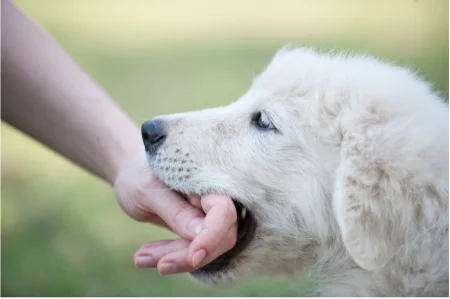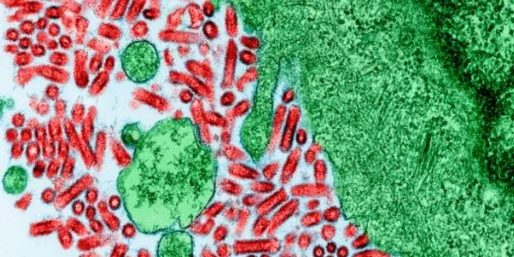Rabies is a life-threatening viral disease that spreads through the bite of an infected animal, primarily affecting mammals. The rabies virus attacks the central nervous system, causing severe neurological symptoms, and is almost always fatal if not treated promptly. Wild animals like bats, raccoons, and foxes are common carriers, but any mammal, including pets, can transmit the virus. Transmission usually occurs when virus-laden saliva enters the bloodstream through a bite, scratch, or open wound. Mumbai and Bhayandar are home to specialized rabies treatment clinics, CRID, offering expert care for post-exposure treatment. Immediate medical attention, including rabies vaccination and rabies immune globulin (RIG) therapy, is essential to prevent the onset of symptoms and protect individuals from this deadly disease.
What Is Rabies?
Rabies is a serious but preventable viral disease primarily transmitted through the bite of a rabid animal. The rabies virus infects the central nervous system of mammals, leading to severe neurological disease and, ultimately, death. Most annual rabies cases reported to the Centers for Disease Control and Prevention (CDC) occur in wild animals such as bats, raccoons, skunks, and foxes. However, any mammal can contract rabies.
How Does Rabies Occur?

Rabies transmission typically occurs when an infected animal bites another animal or human, transferring saliva that contains the virus. The virus then travels along the peripheral nerves to the brain, where it multiplies and spreads throughout the body. While rabies is most commonly associated with bites, it can also be transmitted through scratches or open wounds exposed to saliva from an infected animal.
How Common Is Rabies?
- Weakness
- Fever
- Headache
- Discomfort
- Prickling or itching at the site of the bite
- Anxiety, confusion, agitation
- Delirium, abnormal behavior, hallucinations
- Insomnia
- Wash the Wound :- Thoroughly clean the wound with soap and water for at least 15 minutes.
- Seek Medical Care :- Contact a healthcare professional to determine if you require post-exposure prophylaxis (PEP). This treatment typically consists of one dose of immune globulin and four doses of rabies vaccine administered over a 14-day period.
In the United States, approximately 5,000 animal rabies cases are reported each year, with more than 90% occurring in wildlife. Only about 10% of rabies cases in the U.S. involve domestic animals such as dogs and cats. Due to widespread pet vaccination, animal control programs, and effective post-exposure prophylaxis (PEP), human rabies cases are rare, with only 1-3 cases reported annually. Notably, about 70% of these human cases result from bat bites. Although fatalities are uncommon in the U.S., rabies is almost always fatal if prompt medical care is not sought.
Symptoms
Symptoms of rabies may take weeks or even months to appear after exposure, as the virus must travel to the brain. Early symptoms can include:
As the disease progresses, more severe symptoms may manifest, such as:
Treatment
If bitten or scratched by wildlife or an unfamiliar animal, it is essential to act quickly:




